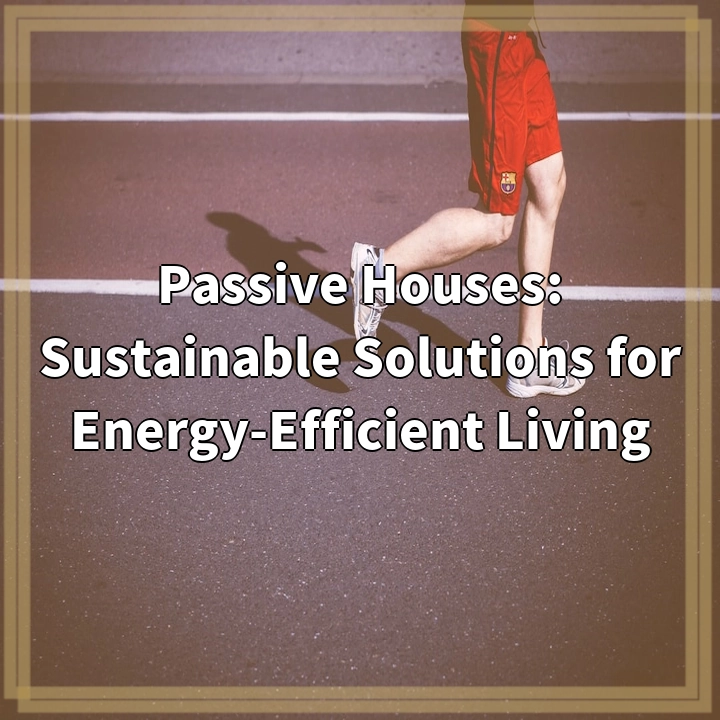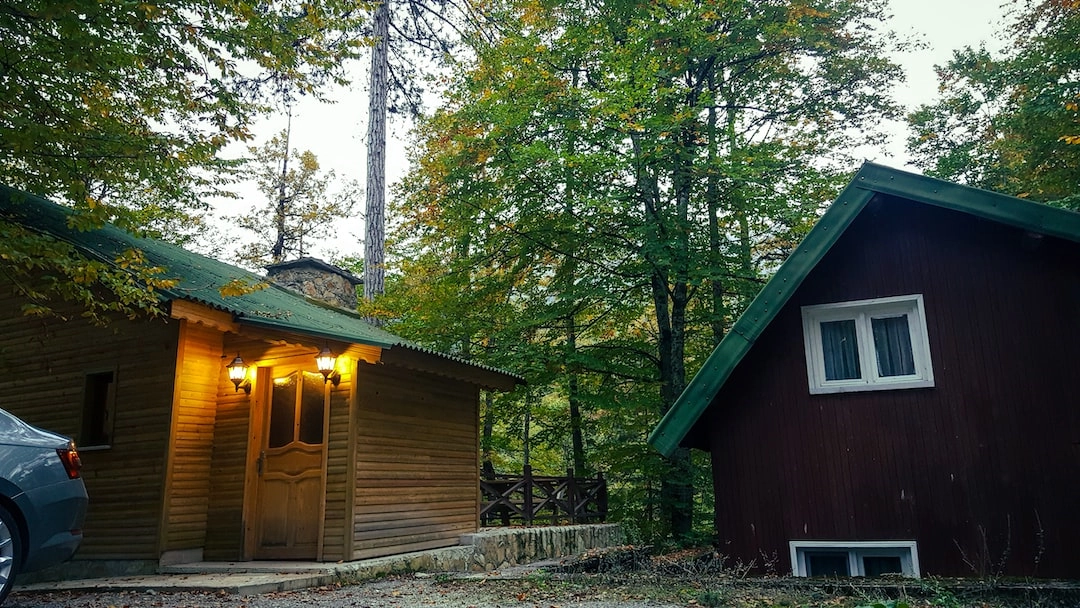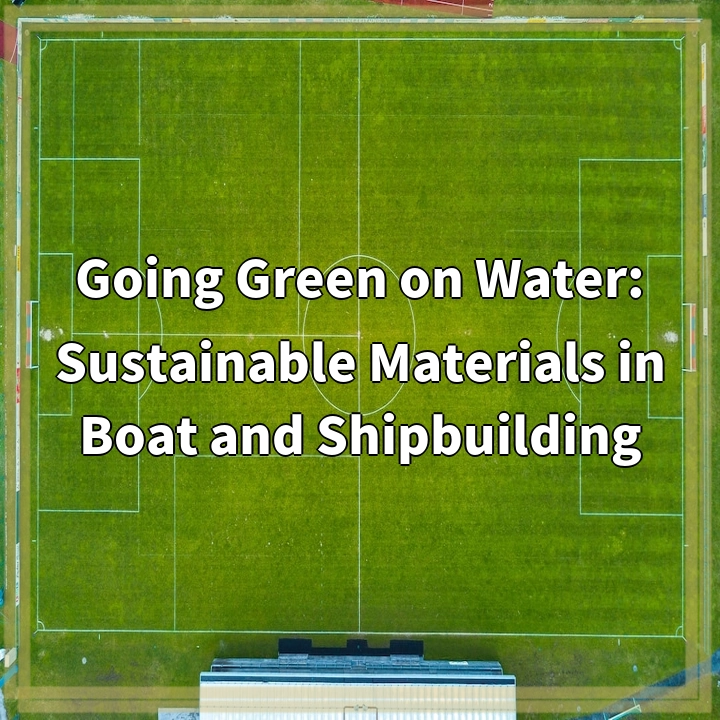
What is a Passive House?
A Passive House, also known as a Passivhaus, is an innovative approach to building design and construction that focuses on achieving a high level of energy efficiency. It is a voluntary standard that aims to create buildings that are comfortable, affordable, and sustainable while minimizing their ecological footprint.
Real-World Problems
1. Cost
One of the main real-world problems associated with Passive Houses is the initial cost of construction. Implementing the rigorous energy-efficient design principles and using high-quality materials can significantly increase the upfront costs compared to traditional buildings. However, it’s important to note that these costs can be recouped over time through reduced energy bills and lower maintenance expenses.
2. Lack of Awareness
Another challenge is the lack of awareness and understanding of Passive House principles among architects, contractors, and homeowners. Many people are not familiar with this concept and its potential benefits. This can make it difficult to find professionals experienced in designing and constructing Passive Houses, as well as convincing individuals to invest in this sustainable building approach.
3. Adaptation to Different Climate Zones
Passive House standards were initially developed in Central Europe, which has a temperate climate. The design principles may need to be adapted to effectively address the specific challenges of different climate zones, such as extreme cold or hot climates. This requires thorough analysis and customization of the design to ensure optimal energy performance and comfort in a given region.
4. Ventilation and Indoor Air Quality
Maintaining proper ventilation and indoor air quality in Passive Houses can be a challenge. Due to the high level of airtightness, it is essential to implement a reliable and well-designed ventilation system that provides a continuous supply of fresh air while efficiently recovering heat from the exhaust air. Proper maintenance and regular monitoring are crucial to ensure a healthy indoor environment.
5. Retrofitting Existing Buildings
Retrofitting existing buildings to meet Passive House standards can be complex and costly. The design and structural limitations of older buildings pose challenges in achieving the required energy efficiency levels. However, with careful planning, insulation upgrades, and the implementation of energy-efficient systems, retrofitting can significantly improve the performance of these buildings and contribute to sustainability goals.
Despite these challenges, Passive Houses offer immense potential for reducing energy consumption, mitigating climate change, and improving comfort and living conditions. As awareness and demand for energy-efficient buildings grow, addressing these real-world problems will become easier, leading to a more sustainable future.

Solutions for the Real-World Problems of Passive Houses
1. Cost
While the initial cost of constructing Passive Houses may be higher, it is important to consider the long-term benefits. Lower energy bills and reduced maintenance expenses can help recoup the upfront costs over time. Additionally, government incentives and financing options specific to energy-efficient construction can help make Passive Houses more affordable.
2. Increased Awareness
To address the lack of awareness, education about the principles and benefits of Passive Houses should be promoted among professionals and the public. Offering workshops, training programs, and certifications can help increase the number of architects and contractors experienced in designing and constructing Passive Houses. Sharing success stories and case studies can also inspire homeowners to consider this sustainable building approach.
3. Climate-Specific Designs
To adapt Passive House principles to different climate zones, thorough analysis and customization are necessary. Collaboration between architects, engineers, and energy consultants is essential to optimize the design for specific regional conditions. Research and development of climate-specific guidelines can further support the successful implementation of Passive House standards in diverse locations.
4. Ventilation and Indoor Air Quality
Addressing ventilation and indoor air quality challenges requires the use of efficient mechanical ventilation systems, such as heat recovery ventilation (HRV) or energy recovery ventilation (ERV). Ongoing training and support for building occupants on the proper use and maintenance of these systems can ensure they function optimally. Additionally, continuous research and innovation in ventilation technology can lead to further improvements in indoor air quality.
5. Retrofitting Existing Buildings
Retrofits can be made easier by offering financial incentives and support for upgrading existing buildings to Passive House standards. Government programs, grants, and tax credits can help offset the costs of insulation upgrades and energy-efficient system installations. Providing resources and technical assistance to building owners and professionals can also facilitate the retrofitting process and encourage the sustainable renovation of older structures.
By implementing these solutions, the real-world problems associated with Passive Houses can be effectively addressed, leading to increased affordability, widespread awareness, climate-specific designs, improved indoor air quality, and successful retrofits. This will contribute to the growth and adoption of Passive House principles, promoting energy-efficient and sustainable living for a more environmentally conscious future.















